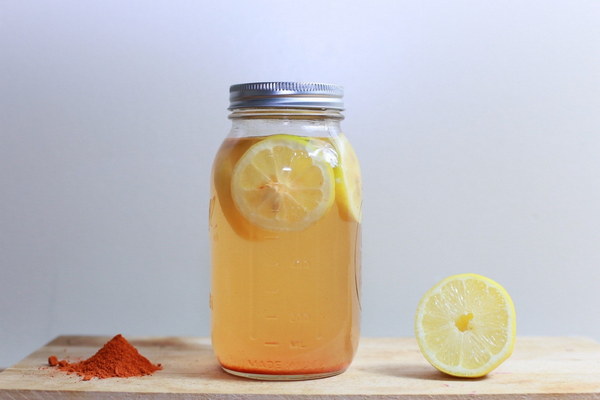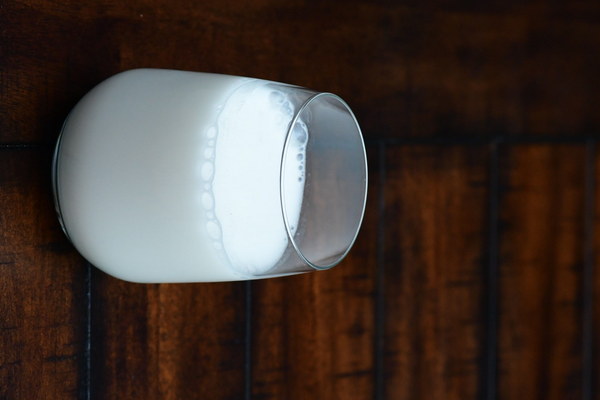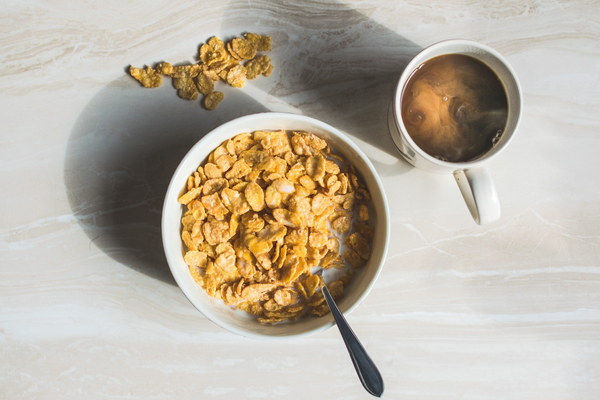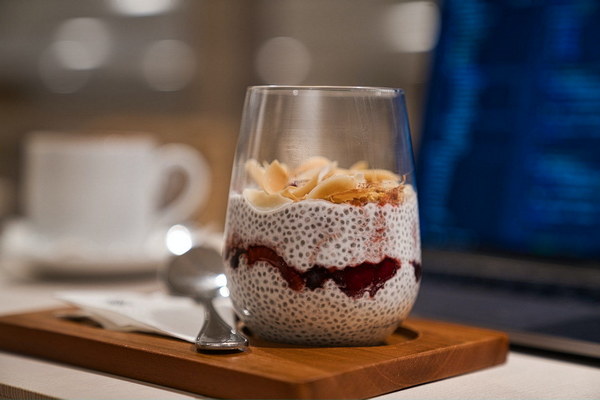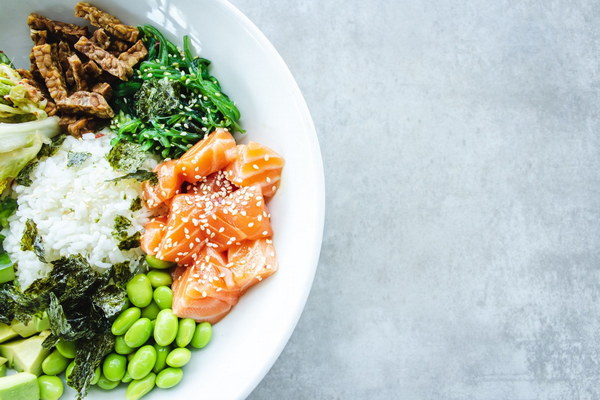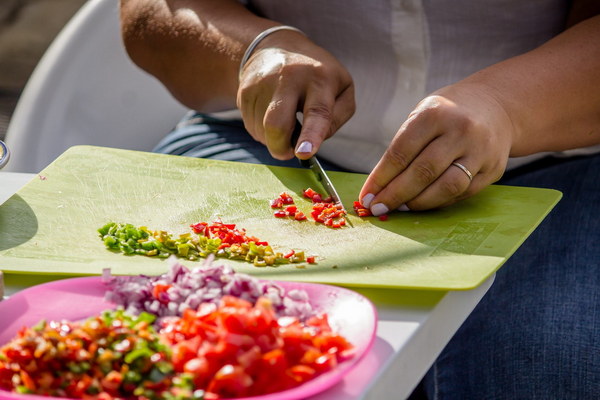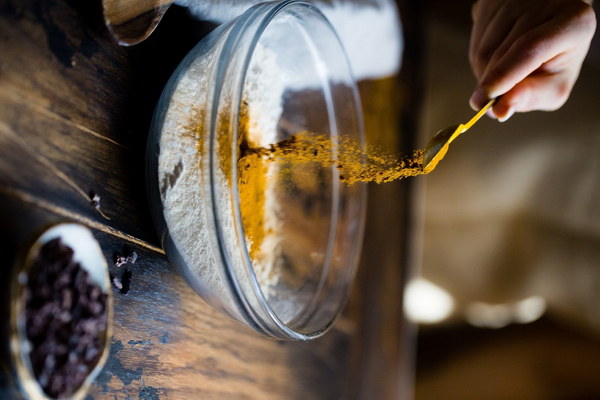The Ultimate Guide to Anti-Aging Skincare Unveiling the Secrets to Youthful Skin
Introduction:
As we age, our skin undergoes various changes, leading to the appearance of fine lines, wrinkles, and loss of elasticity. But fear not! With the right knowledge and products, you can turn back the clock and achieve a youthful, radiant complexion. This comprehensive guide will provide you with everything you need to know about anti-aging skincare, from the basics to the latest trends.
1. Understanding the Aging Process:
Before diving into the products and treatments, it's essential to understand how the aging process affects your skin. As we grow older, our skin produces less collagen and elastin, leading to sagging, fine lines, and wrinkles. Additionally, environmental factors such as UV radiation, pollution, and poor diet can accelerate the aging process.
2. Daily Skincare Routine:
A well-rounded skincare routine is crucial for maintaining youthful skin. Here's a basic routine you can follow:
a. Cleanse: Use a gentle cleanser to remove impurities and makeup from your skin. Avoid harsh soaps that can strip your skin of its natural oils.
b. Tone: Apply a toner to balance your skin's pH level and tighten pores.
c. Moisturize: Choose a moisturizer suitable for your skin type (oily, dry, or combination) to keep your skin hydrated and plump.
d. Sunscreen: Protect your skin from harmful UV rays by applying a broad-spectrum sunscreen with an SPF of at least 30 daily.
3. Anti-Aging Ingredients:
Several ingredients are known for their anti-aging properties. Here are some to look out for:
a. Retinoids: These derivatives of vitamin A help stimulate collagen production, reduce fine lines, and even out skin tone.
b. Peptides: These small proteins work to boost collagen production and improve skin elasticity.
c. Hyaluronic Acid: This hydrating ingredient plumps up the skin, reducing the appearance of wrinkles and fine lines.
d. Antioxidants: Ingredients like vitamin C, vitamin E, and ferulic acid protect your skin from environmental damage and combat free radicals.
4. Treatments and Procedures:
In addition to your daily skincare routine, you may want to consider treatments and procedures to accelerate the anti-aging process. Here are a few options:
a. Chemical Peels: These treatments exfoliate the skin, revealing fresh, younger-looking skin beneath the surface.
b. Microdermabrasion: This procedure uses a stream of tiny crystals to gently remove the outer layer of skin, promoting cell turnover and reducing fine lines.
c. Laser Therapy: Laser treatments can stimulate collagen production, tighten skin, and reduce the appearance of wrinkles.
d. Fillers and Botox: These injectables can fill in fine lines and wrinkles, and Botox can temporarily relax facial muscles to prevent the formation of new lines.
5. Lifestyle Factors:
While skincare products and treatments are essential, your lifestyle plays a significant role in maintaining youthful skin. Here are a few tips:
a. Stay Hydrated: Drinking plenty of water keeps your skin hydrated and plump.
b. Eat a Balanced Diet: A diet rich in fruits, vegetables, and lean proteins provides your skin with essential nutrients.
c. Get Enough Sleep: Lack of sleep can lead to dull, tired-looking skin. Aim for 7-9 hours of quality sleep each night.
d. Limit Sun Exposure: Protect your skin from UV rays by wearing sunscreen and seeking shade when possible.

Conclusion:
Achieving youthful, radiant skin doesn't have to be complicated. By understanding the aging process, following a consistent skincare routine, incorporating anti-aging ingredients, considering treatments and procedures, and maintaining a healthy lifestyle, you can keep your skin looking youthful and healthy for years to come. Remember, the key to successful anti-aging skincare is patience and consistency.


